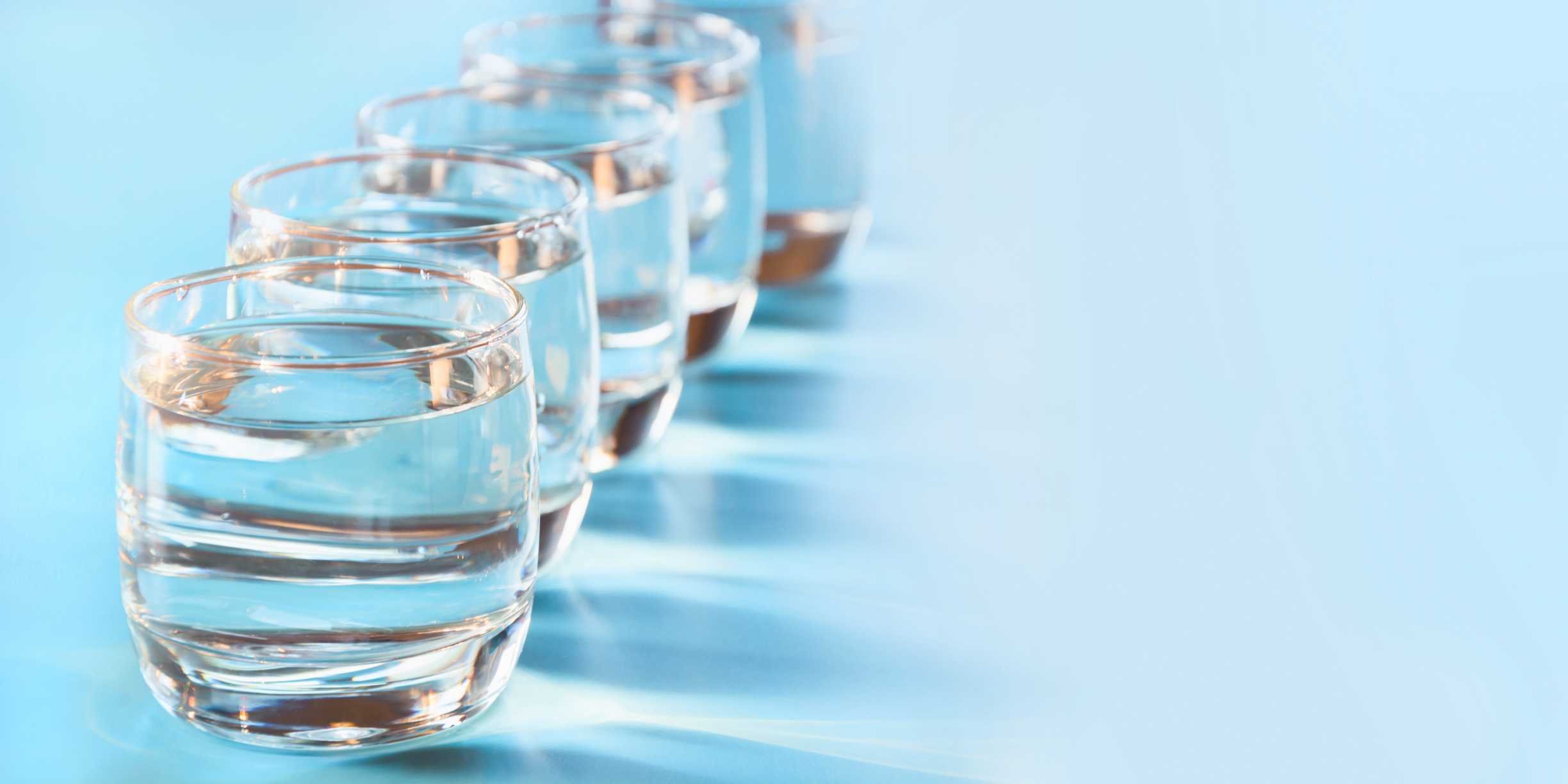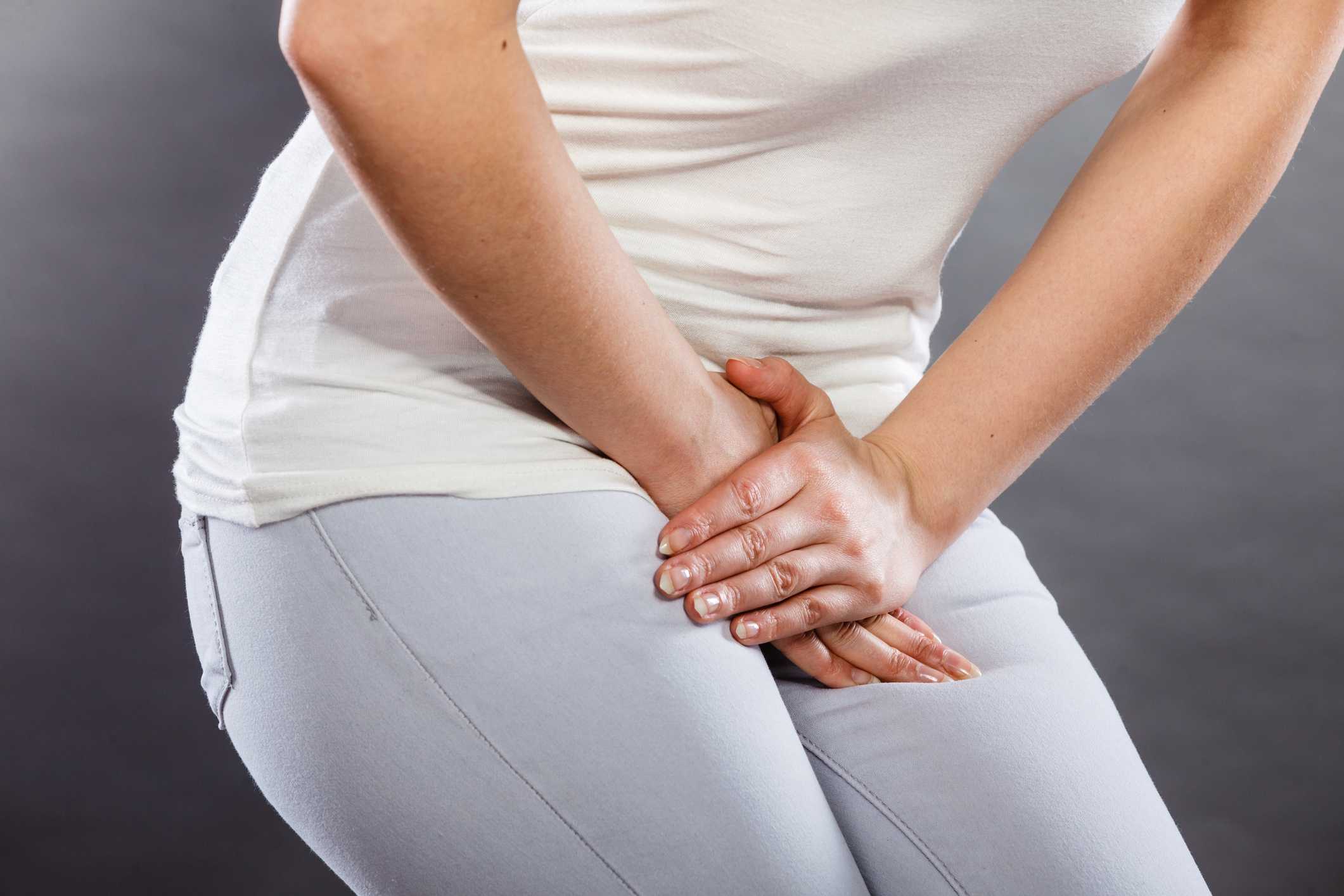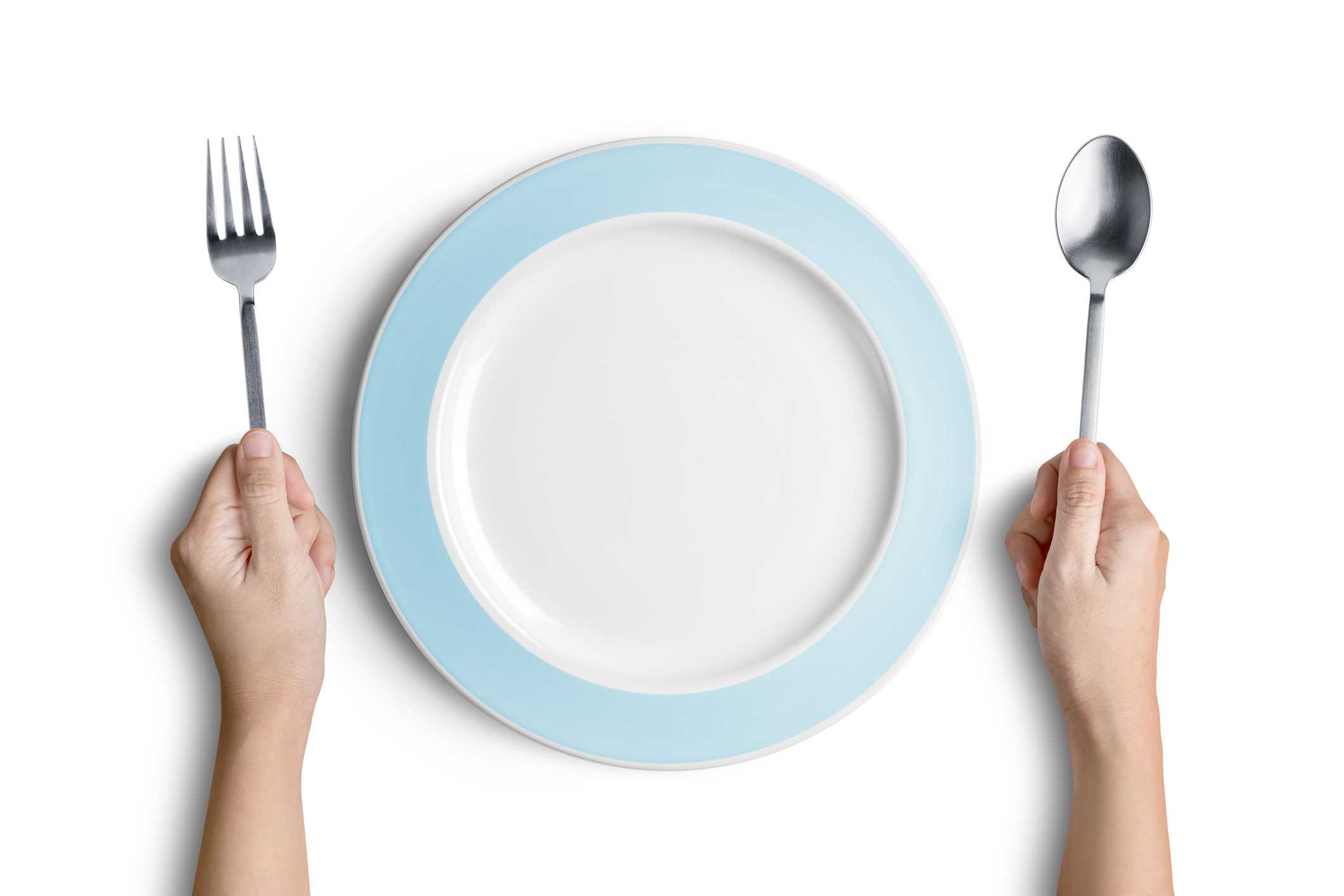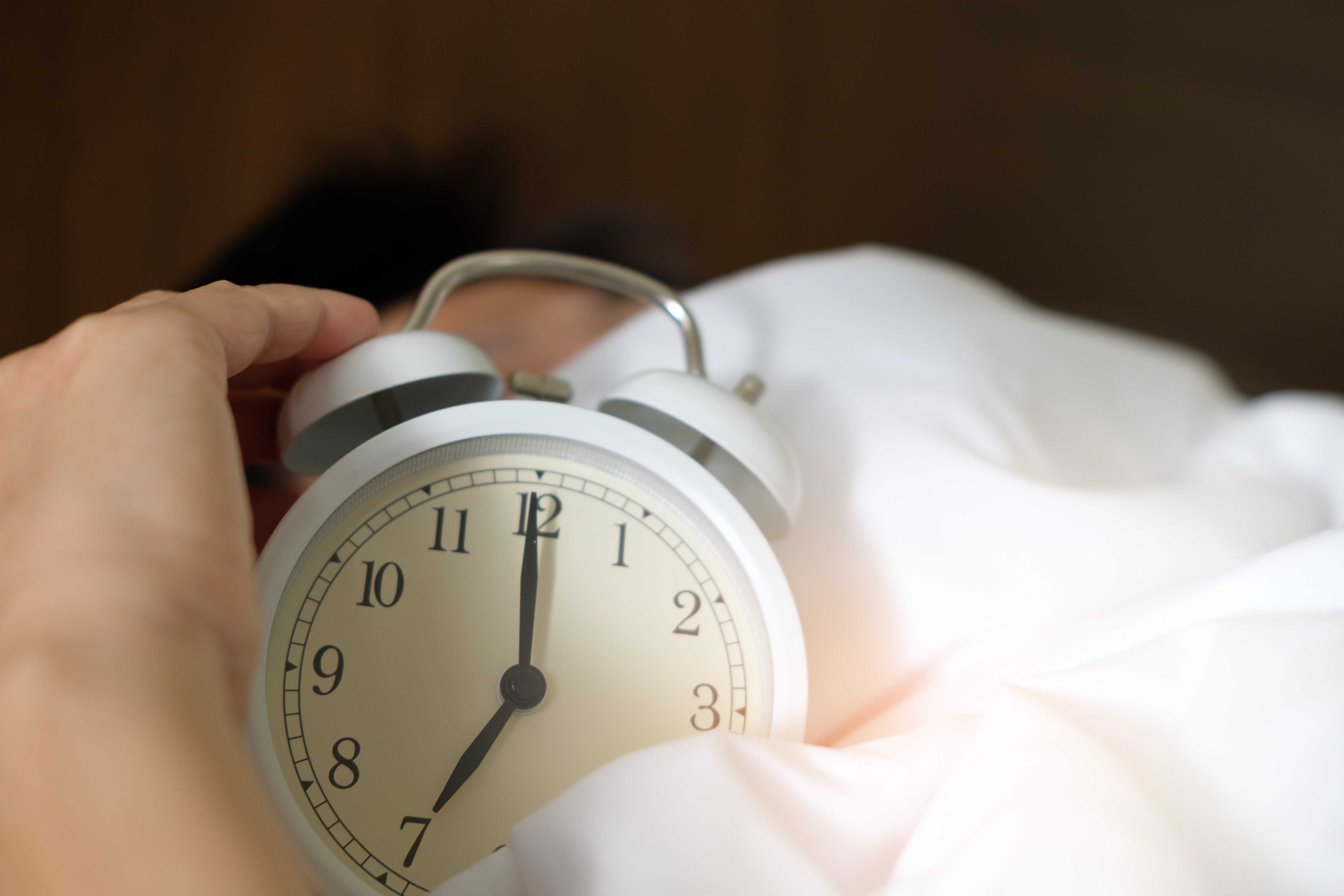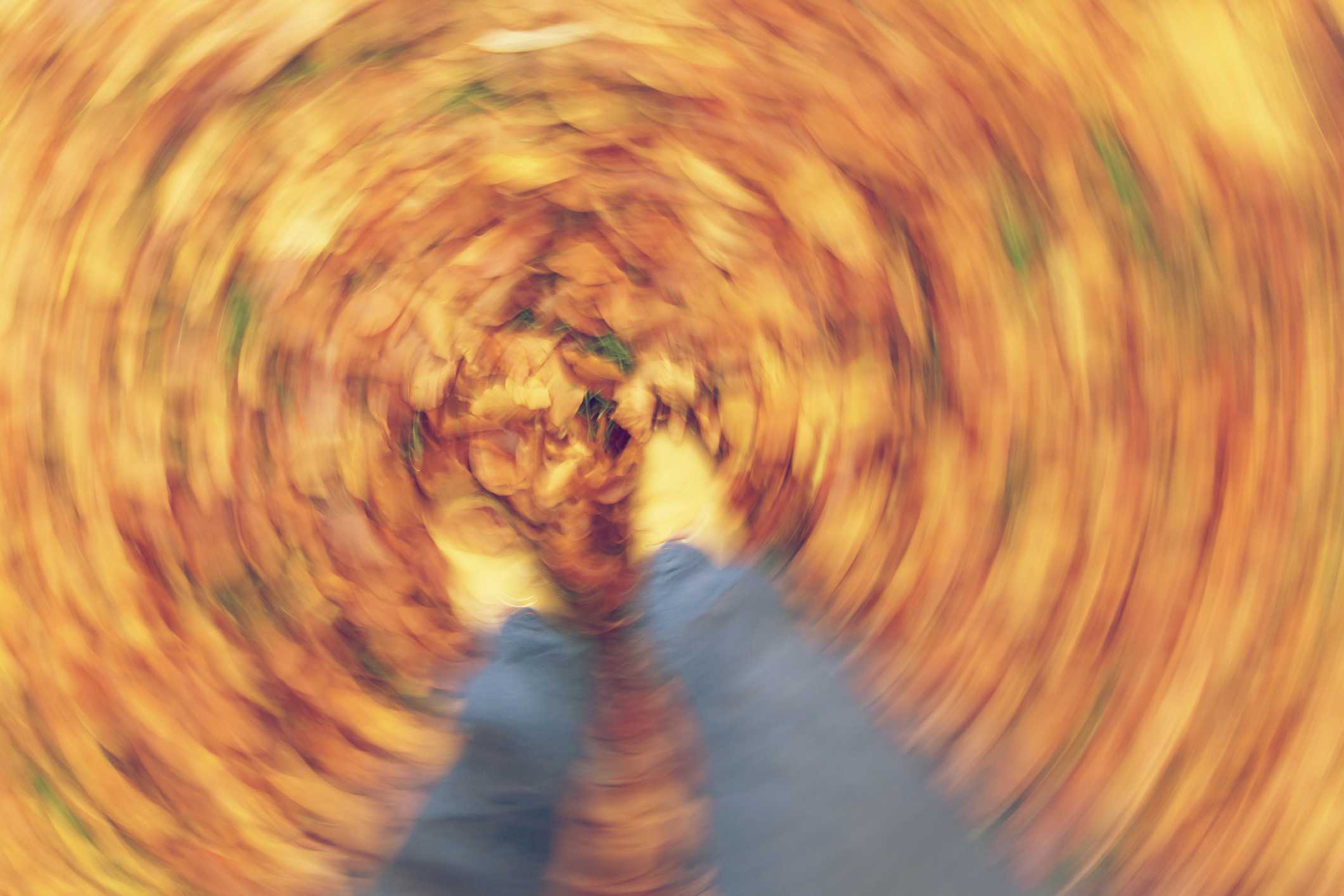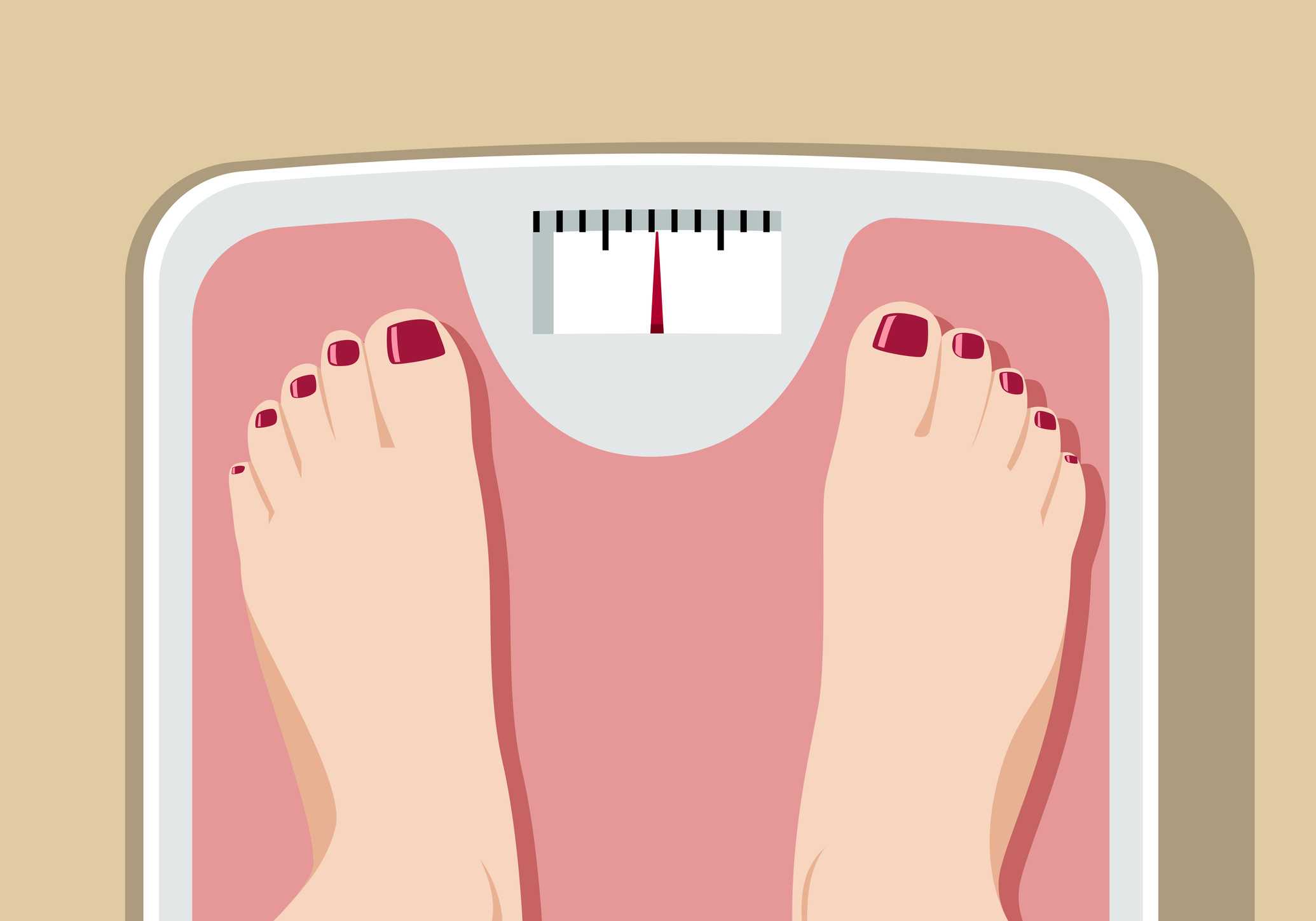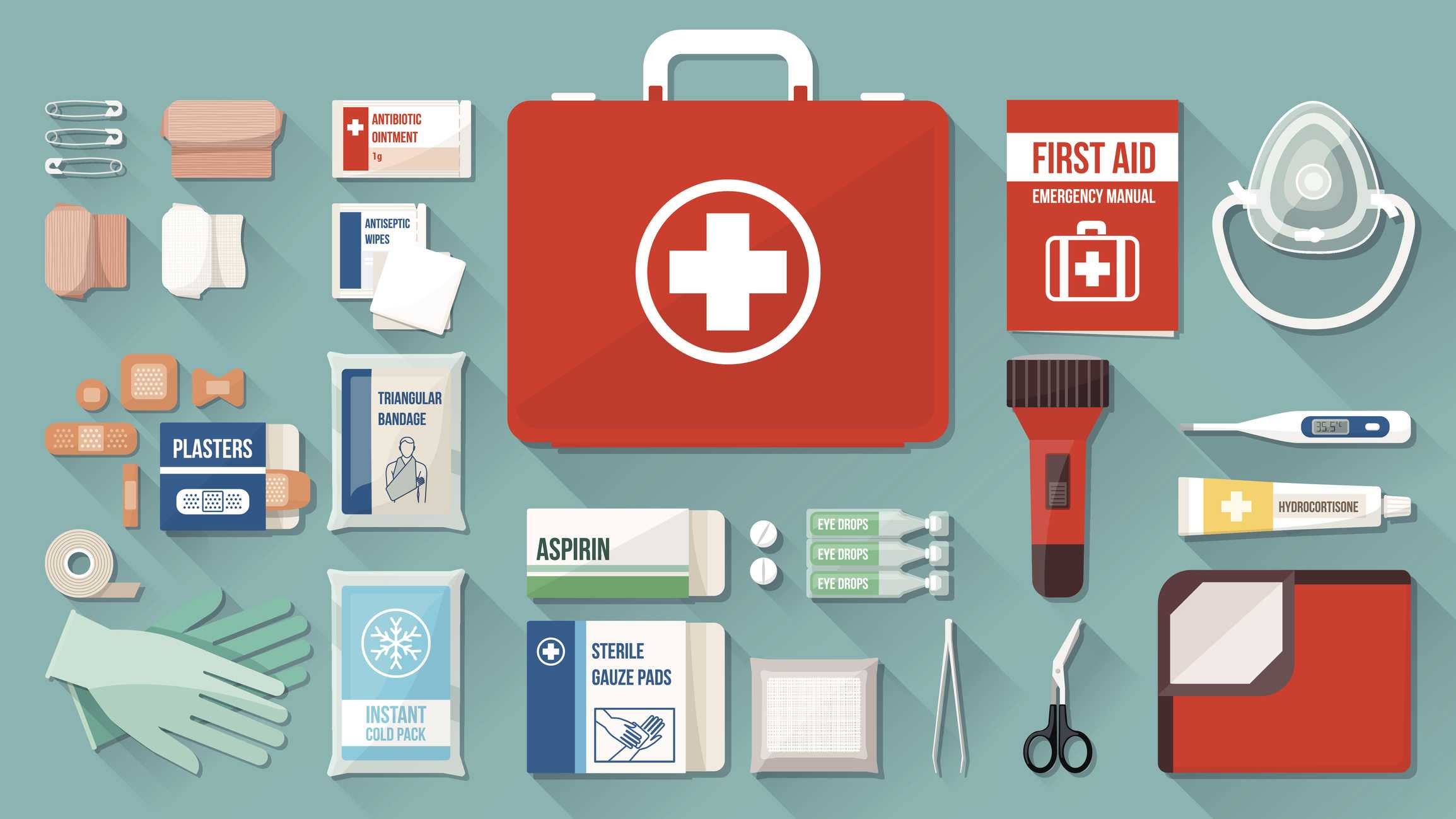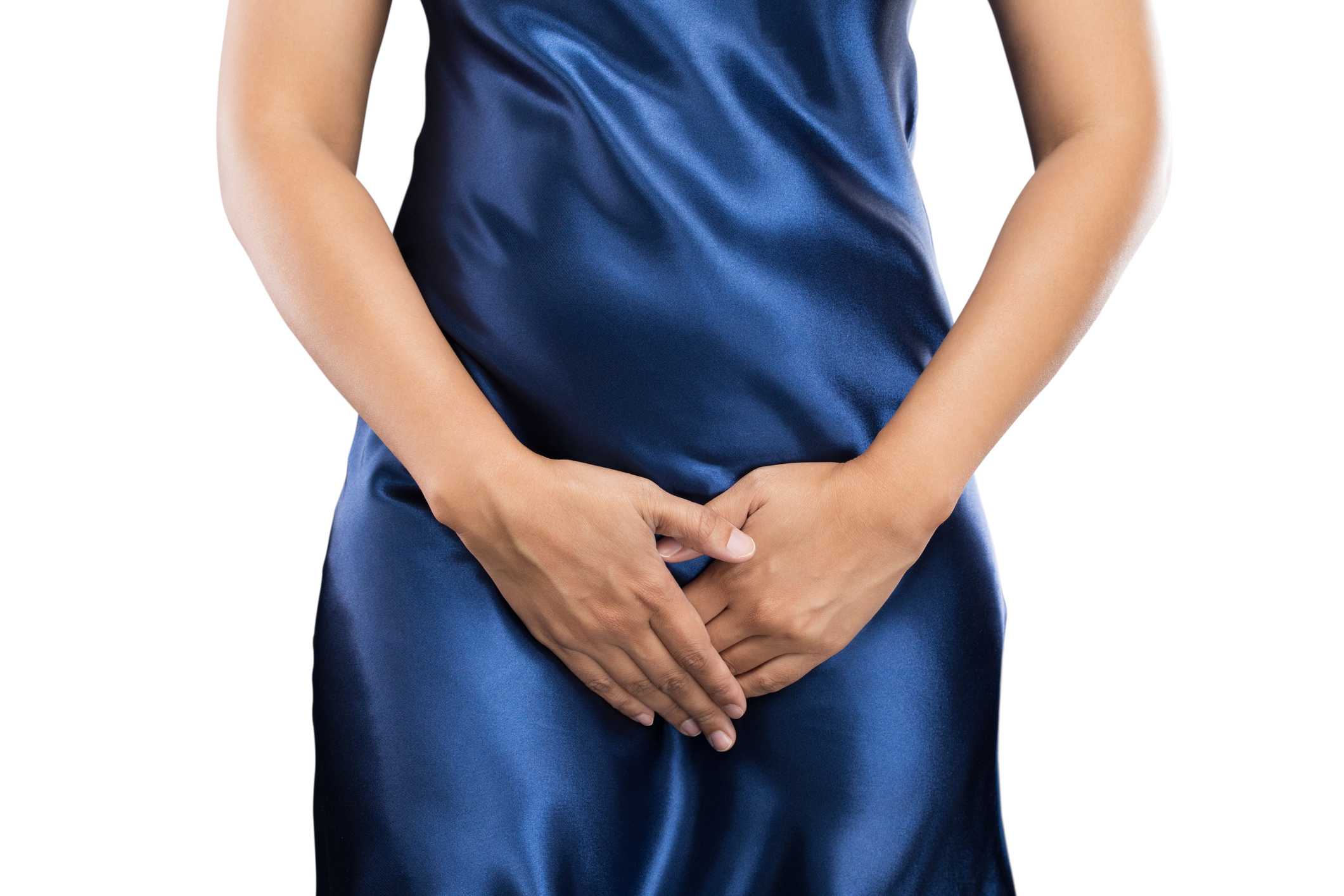Polydipsia is the term given to excessive thirst and is one of the initial symptoms of diabetes. It is also usually accompanied by temporary or prolonged dryness of the mouth
We all get thirsty at various times during the day. Adequate daily intake of water (several glasses) is very important as water is essential for many bodily functions, including regulating body temperature and removing waste.
However, if you feel thirsty all the time or your thirst is stronger than usual and continues even after you drink, it can be a sign that not all is well inside your body.
Causes of polydipsia
Increased thirst is often the reaction to fluid loss during exercise, or to eating salty or spicy foods. It can also be caused by:
- Diarrhoea
- Vomiting
- Profuse sweating
- Significant blood loss or
- Certain prescription medications
Increased thirst can also occur as a result of high blood sugar levels in people with diabetes or yet to be diagnosed diabetes.
Persistent excessive thirst can be the result of one of the following:
- Diabetes mellitus
- Diabetes insipidus – a condition unrelated to diabetes mellitus that affects the kidneys and the hormones that interact with them, resulting in large quantities of urine being produced
- Dehydration
- Loss of body fluids from the bloodstream into the tissues due to: burns or severe infections (sepsis) or heart, liver, or kidney failure
- Psychogenic polydipsia – compulsive water drinking associated with mental/psychiatric disorders
Excessive thirst can be caused by high blood sugar (hyperglycemia), and is also one of the ‘Big 3’ signs of diabetes mellitus
Increased thirst and diabetes
Increased thirst in people with diabetes can sometimes be, but certainly not always, an indication of higher than normal blood glucose levels
People with diabetes with access to blood glucose testing equipment may wish to test their blood sugar levels when they are thirsty to determine whether their blood sugar levels are going too high.
If you do not have blood glucose testing equipment and are experiencing regular thirst which you think may be connected with your diabetes, speak with your health team who should be able to advise you.
Recognising symptoms of polydipsia
As anyone and everyone will have experienced the sensation of feeling thirsty, it is very important not to jump to conclusions.
However, the symptoms of polydipsia are recognised as:
- Having persistent and unexplained thirst, regardless of how much you drink
- Passing more than 5 litres of urine a day
When to see your doctor
If you have diabetes and experience increased thirst for a number of days, you should make an appointment to see your doctor/healthcare team
If you don’t have diabetes, you should see a doctor if the reason for thirst cannot be explained and particularly if you have other symptoms of diabetes – in paticular polyuria and polyphagia


